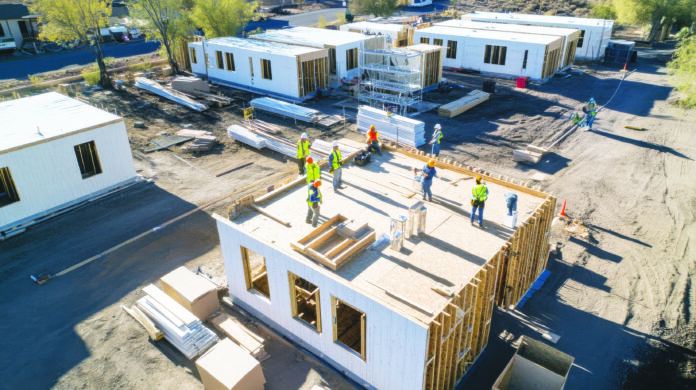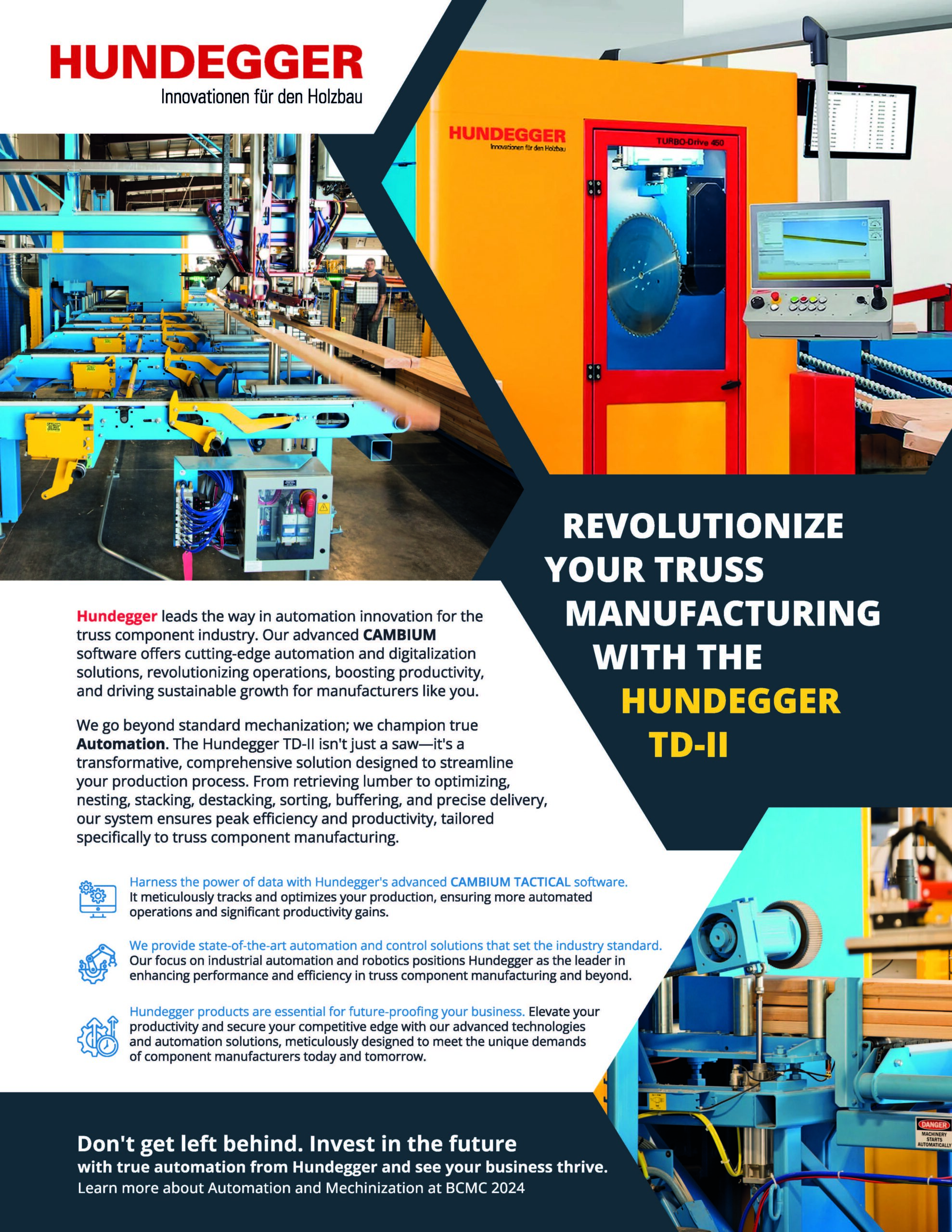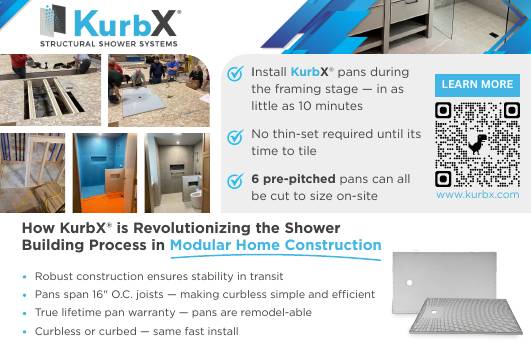Organization and Visual Management can transform on-site assembly.
- Documented jobsite results from this approach include better coordination between crews, faster assembly times and significantly less rework.
- Simple visual tools can guide crews and reduce the need for input from supervisors.
- To achieve the best outcome with the most improvement, someone needs to make sure that the system is consistently followed.
In the first article of this series, we exposed a major challenge in offsite construction: although the factory is likely to be more controlled than the jobsite, most modular and panelized manufacturing operations still struggle to fully implement Lean thinking into their operations.
And once the product (a module or panel, for instance) leaves the plant, things often get worse. On-site assembly is frequently chaotic — marked by disorganization, delays and waste.
That first article walked readers through the eight wastes that plague on-site construction. It also introduced Lean concepts like just-in-time delivery and standardization as ways to fight back. But identifying waste is just the first step in the process. The real transformation comes when we’re able to redesign the jobsite to flow with the same clarity and consistency that we strive for in the factory.
The road to making that happen includes getting organized, using visual cues and giving field crews the tools they need to work smarter, not harder. In this article, we’ll explore how 5S and Visual Management make those things possible.
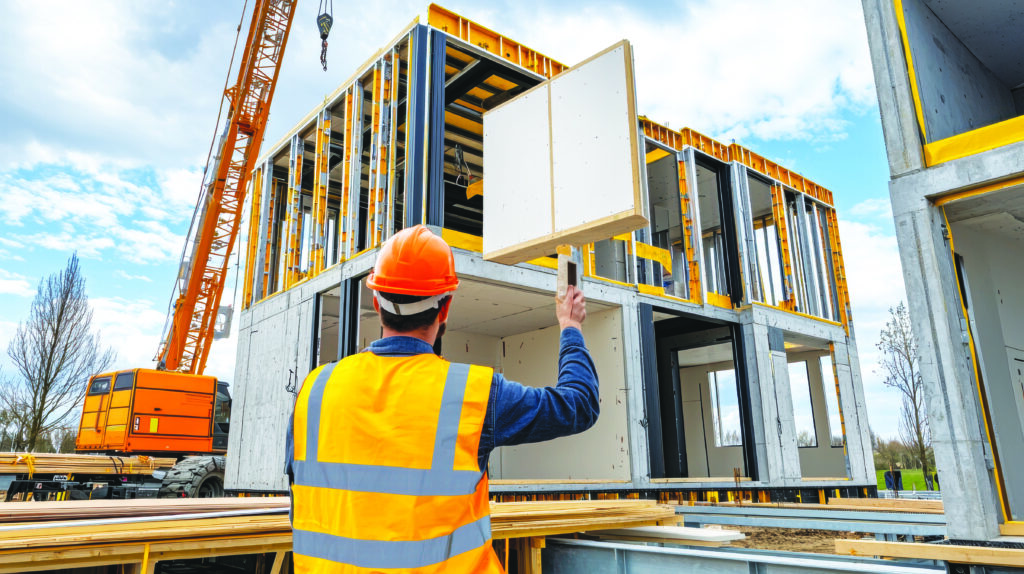
The Five S’s
Lean success begins with structure. In a well-run factory, everything has a home; tools and materials are always exactly where they’re needed, when they’re needed. The result is great flow — smooth, steady work progress with minimal confusion or wasted motion.
That same approach can be applied to the field using the 5S’s. To make this happen the builder needs to:
- Sort: Look at every work area and remove anything that doesn’t belong there.
- Straighten: Organize tools and materials so their locations are clear and accessible to all workers.
- Shine: Keep work areas clean and safe with regular debris removal, sweeping and inspections.
- Standardize: Establish daily routines and visual cues that help crews deliver consistent results.
- Sustain: Make 5S a habit throughout the organization. Assign ownership to key people who will keep the habit alive.
When these principles have been successfully applied to the jobsite, the reward will be that assembly crews waste less time looking for tools, tripping over clutter, or improvising solutions. One modular firm even used color-coded tape and bins to sort materials — blue for plumbing, green for electrical, red for fasteners — to make work faster and easier.
None of this is flashy, but it’s very effective. And in a Lean workplace, small things done on a consistent basis often deliver the biggest results.
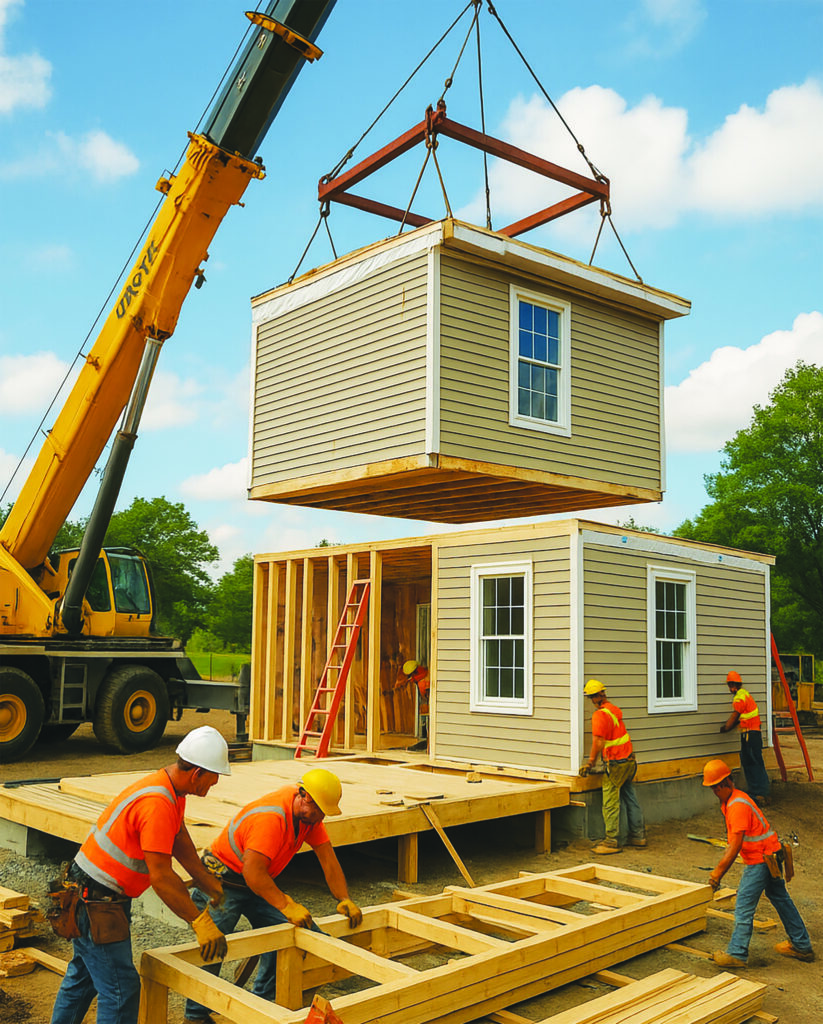
Visual Management
One of the most powerful — and underrated — tools in Lean is Visual Management. When well implemented, it can turn the jobsite’s organizational scheme into a silent guide that helps workers make decisions without needing to ask questions or track down a supervisor.
Simple tools like zone maps, labeled material staging areas and color-coded tags can communicate what goes where, what’s ready for installation and what needs attention. Some firms use Kanban boards or dry-erase dashboards to track progress by crew or by work zone. Others place laminated checklists where needed to reduce mistakes and missed steps.
A well-designed jobsite should answer these questions at a glance: What goes here? What comes next? Who’s doing what? Is something missing?
The goal is a jobsite that “speaks” to the installation team — helping them stay more aligned, move more efficiently and coordinate more easily with offsite teams. When everyone is operating from the same visual systems, errors go down and productivity goes up.
One Builder’s Experience
I know a Midwestern modular builder that implemented 5S and was able to significantly cut rework. This company had been dealing with ongoing problems. Field crews were constantly scrambling, tools regularly went missing, ship-loose materials weren’t where they were supposed to be when it was time to install them and installation sequences were out of order. The setting and stitching process became a daily battle of delays and do-overs. Worse yet, the crane crews often found themselves waiting on modules, or modules arrived before the crew was ready — costly and frustrating mismatches.
The company responded by launching a two-day 5S blitz. They reorganized their field layout with clear staging zones for each phase of work — crane setting, stitching and final finishes. Mobile tool and material carts were stocked and standardized. Ship-loose materials were sorted into labeled bins by unit and phase. Laminated setup maps showed where everything needed to go. Crews were trained and empowered to maintain the system.
The results were impressive. Rework dropped by 60% in the first two weeks. Crews began completing stitch and finish work in 20% less time. Site managers reported fewer questions, fewer interruptions and better coordination on crane days.
No new software. No major capital investment. Just smart, disciplined application of Lean principles.
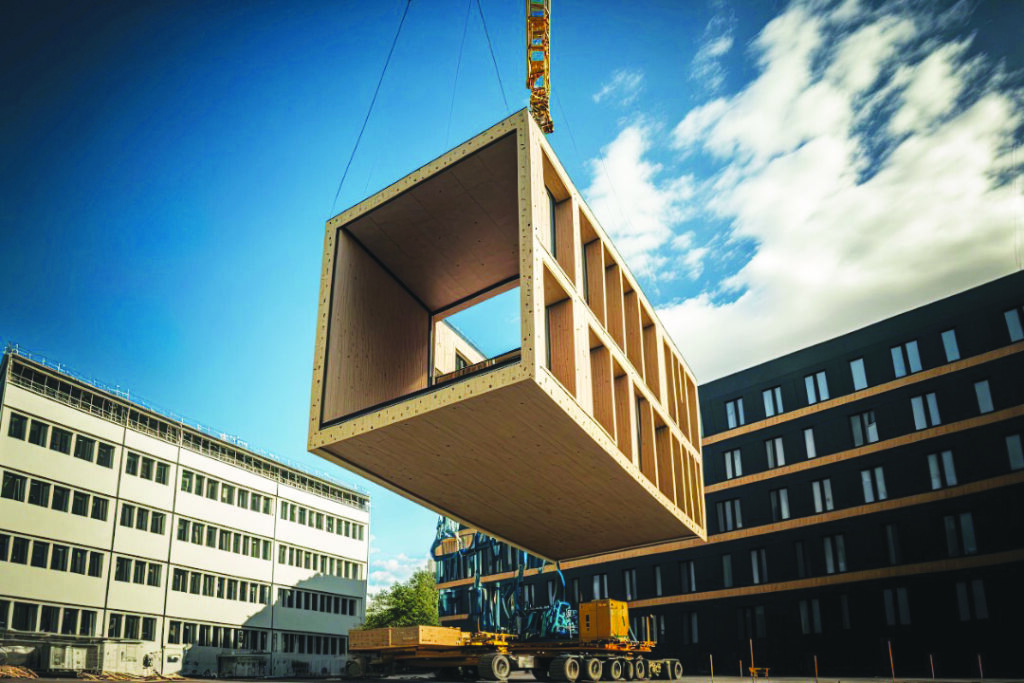
Organization as Culture
Of course, even the best Lean tools won’t work over the long-term without crew buy-in. A clean, well-organized site on Monday can slide back into chaos by Friday if no one owns it.
That’s why culture matters. The most effective teams assign field champions to perform weekly 5S walkthroughs, coach newer crew members and adjust systems based on feedback. Some firms even track simple field metrics — like time spent searching for tools or the number of “5S gaps” observed per week — to keep improvement top of mind.
When organization becomes a team habit rather than a management directive, Lean systems stop being a temporary fix and start becoming a sustainable advantage.
The key takeaways are as follows:
- 5S works in the field just as well as it does in the factory.
- Visual systems reduce confusion, wasted time and coordination breakdowns.
- Small, consistent improvements lead to major gains in quality and speed.
- Culture and ownership are crucial — without them, even the best systems will erode and lose effectiveness.
In the next article, we’ll look at what happens beyond the jobsite — when offsite manufacturing and on-site assembly begin to work as one. From Design for Manufacturing and Assembly (DfMA), to Takt planning and shared digital tools, we’ll explore how the best builders are synchronizing production and fieldwork into one seamless system.
Stay tuned.
Daniel Small helps offsite manufacturers increase factory throughput and eliminate waste using Lean strategies. As a specialist in Lean for offsite construction, he optimizes offsite production for scalability and efficiency. Contact him at 719-321-1953 or [email protected], or visit www.DaVinciConsulting.co.


